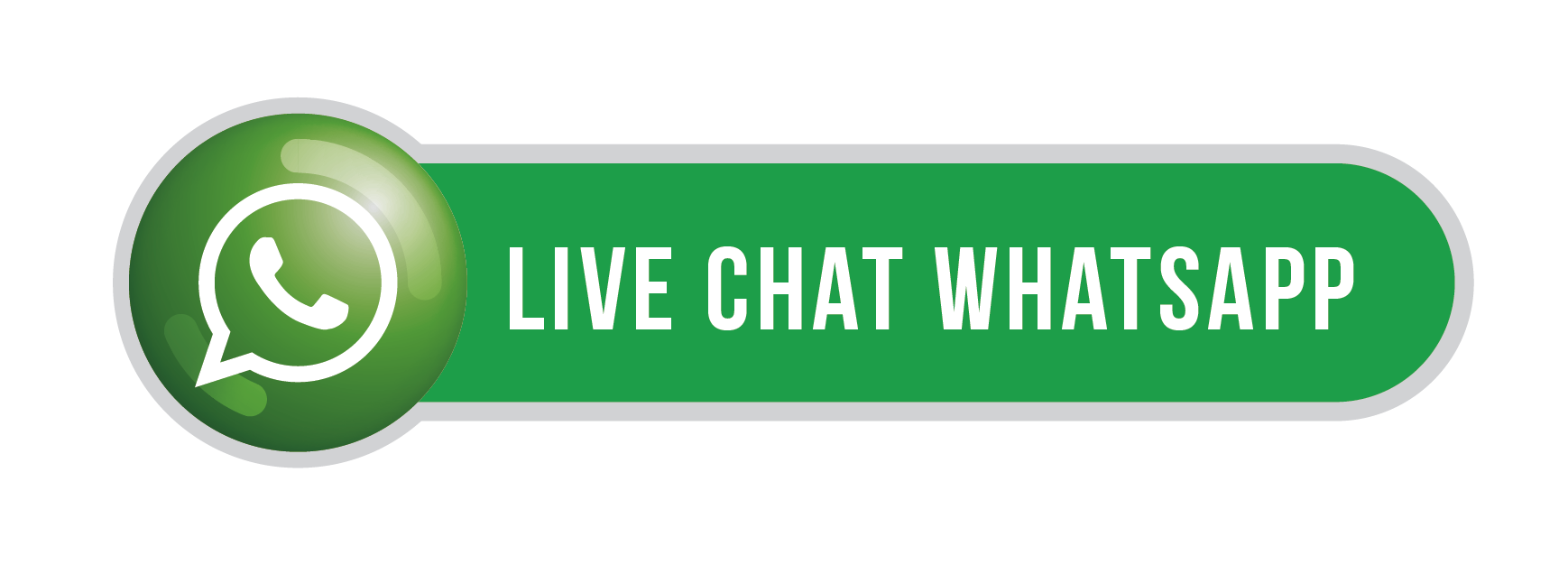IMPROVING THE STUDENTS’ READING COMPREHENSION THROUGH KNOW-WANT-LEARN STRATEGY
Abstract
Improving The Students’ Reading Comprehension through Know-Want-Learn Strategy at
the first grade students of SMA Negeri 1 Stabat. The objective of this research was
intended to explain the improvement of the students’ interpretative and literal reading
comprehension through Know-Want-Learn Strategy at the first grade students of SMA
Negeri 1 Stabat especially in class X 3. The strategy of this research was a Classroom
Action Research (CAR) consisted of two cycles, one cycle consisted of four meetings. It
means that there were eight meetings for two cycles. This classroom action research was
done at the first grade students of SMA Negeri 1 Stabat in Langkat regency for English
subject. As subject in this research was class X 3 in 2022-2023academic year with
students’ number as about 32 students. Those consist of 22 women and 10 men. The
instrument of this research were observation sheet and reading test or evaluation. The
findings of the research were students achievement in reading comprehension was 54,07
in D-test, then Cycle I is 69,07 and it became 73,81 in Cycle II. The students activeness in
learning reading comprehension in the first meeting of Cycle I was 45,39% then it
became 90,78% in fourth meeting of Cycle II.
References
Brewton. 1962. Teaching Reading in the Content Areas. mcRel, Colorado.
Bonwell, C. & Eison, J. (1991). Active learning: Creating excitement in the classroom.
ERIC Digest. Available. Retrieved from
http://www.ed.gov/databases/ERIC_Digests/ed340272.html. On July 29 2012.
Bos, C.S & Vaughun, S. 2002. Strategies for Teaching Students with Learning and
Behavior Problem. Boston: Allyn and Bacon Retrieved from
http://www.answers.com/or http://answers.yahoo.com.On 24th August 2012. Buehl, D.
2001. Classroom Strategies for Interactive Learning. Second edition:
Network, Delaware, International Reading Association.
Carr, E. & Ogle, D. 1987. K-W-L plus: A strategy for comprehension and summarization.
Journal of Reading.
Gay. L, R. 1981. Education Research: Competencies for Analysis and Applicant. Columbus :
A Bell and Howell Company, Charles, E. Merril Publishing Co.
Frederiksen, 1981. An Introduction to Language. New York: Havfix.
Karolina, Intan. 2006. Increasing the Students Reading Comprehension through Know Want
Plus Method. Thesis: UNESA Surabaya.
Lamuhiddin, 1988. Correlation between Vocabulary Command and Reading
Comprehension of the second year students of SMA Negeri 3 UP. Thesis: FPBS IKIP
UP.
Maryam. 2007. Learning Cooperative Reading through the Narrative towards the
Contextual Meaning (A Study of Comprehension View). Thesis: Unismuh Makassar.
Mattis, K. 2005. Reading Comprehension. New Jersey: Person education, inc. Ogle,
D.M. 1986. A teaching Model Develops Active Reading of Expository Text.
Retrieved From http://www.indiana.edu/~1517/KWL. on 25th August 2012. Omar,
Salim. 2010. The Impact of Using KWL Strategy on Grade Ten Female Students'
Reading Comprehension of Religious Concepts in Ma'an City.
Thesis: University of Al Husein Bin Talal, Jordan.
Peregoy, S. & Boyle, O. (2001). Reading, writing & learning in ESL. New York:
Addision Wesley Longman.
Priyono. 2010. Improving Students’ Reading Comprehension Through A Kwl
Strategy.Thesis: UNS Surakarta
Sampson, M. (2002, March). Confirming a k-w-l: Considering the source. Reading
Teacher, 55(6), 528-532. Academic Search Complete database. Retrieved from July 15,
2012.
Tierney, R. & Readence, J. (2000). Reading strategies and practices. Boston: Allyn &
Bacon.




.svg_1.png)

